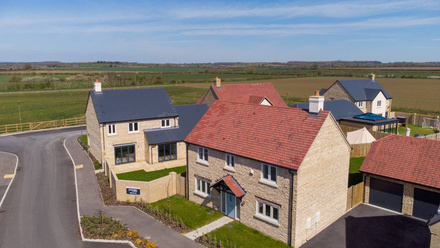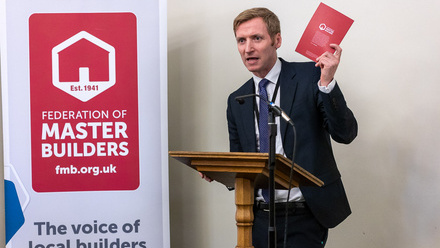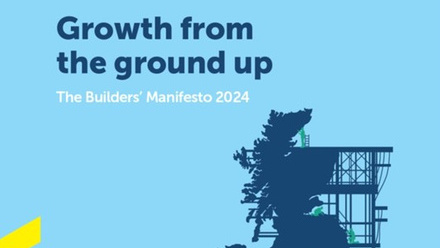Sarah Chilcott, Managing Director at the Planning Portal, reveals what this means in practice.

The Government’s changes to permitted development rights (PDRs) are aimed at making building a key part of the country’s economic recovery. However, Sarah Chilcott, Managing Director at the Planning Portal, says the Government must consider the affordability of these permitted developments. “Noone will build unless they feel confident of their financial commitment and the return on that investment. That’s true for homeowners as well as housebuilders and other developers.” There is also concern that bypassing planning processes could affect local communities and future owners or tenants as Chilcott says “there is no requirement to support local infrastructure and amenities”.
The criticism that PDR changes might lead to poorly constructed homes is not wholly valid as building regulations approval will still be required for any building work. But there is a risk. Chilcott says: “The office to residential PD has been controversial and the effective extension of this by the introduction of commercial to residential PD will exacerbate the existing problems with design standards and space in particular.
“Some of the changes put forward will have a positive design impact, such as the need to make adequate provision for natural light in dwellings.”
PDR changes
- Purpose-built, free-standing blocks of flats of three storeys or more can be extended upwards by up to two storeys to create new homes up to a total height of 30 metres.
- Extensions of up to two additional storeys on existing houses, detached or in a terrace are permitted to create self-contained homes or living space up to a total height of 18 metres.
- Single-storey homes will be able to add one storey and unused commercial and retail buildings can be demolished and/or converted into housing without requiring a full planning application.
Exclusions and limitations
PDRs are still constrained by exclusions and limitations, such as special conditions on a property or local area, and around permissible dimensions, design and materials. The right to build upwards, for example, only applies to eligible dwellings built between 1948 and 2018. “Any development or change of use will be subject to ‘prior approval’, which means that builders and homeowners still need to advise the local authority before work starts and it has the right to be refused,” Chilcott explains.
“Neighbours will still be consulted and there is also a fee for this approval. In short, it doesn’t mean you can build what you want, where you want.” Nevertheless, the changes will likely result in more work for builders. The “potentially bigger opportunity” is for builders to invest in the property market by buying and extending eligible dwellings themselves, looking at similar PD on detached blocks of flats and larger conversions from commercial to residential use.
“The PD changes to allow for the demolition and rebuild of unoccupied commercial and residential units, if they are rebuilt as homes, will also present a good opportunity for many,” she says. Opportunities are not without challenges such as builders needing to keep up with the details of the changes. For example, many homeowners will be confused about the right to build upwards — “there are still limitations on what they can do” and they will need to follow a process with the local authority planners and the building control team. “Builders will need to make sure they understand the details of what can and can’t be done to manage the expectations of their clients and avoid problems down the line.” For interactive guidance and application services, visit www.planningportal.co.uk.





